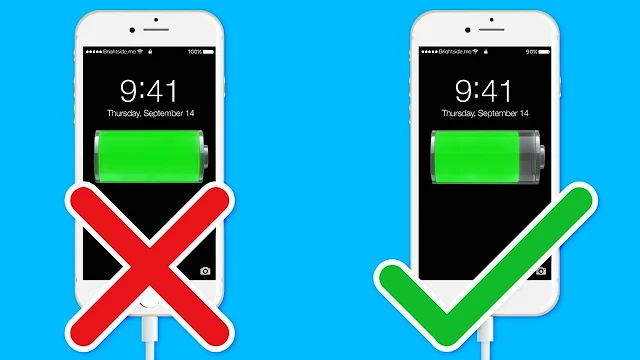This is the percentage you should charge your mobile phone to avoid damaging the battery
Lithium-ion batteries are capable of storing a large amount of charge, but they lose their autonomy over time. Cell phones typically have between 300 and 500 charging cycles before they start to degrade.
Some brands have incorporated features such as setting the maximum charging level or speed when necessary. If not, it is advisable to avoid plugging in your mobile phone overnight as it will be left plugged in for hours or to use smart chargers that cut off the charge when it reaches 80%.
- Do not let the battery charge fall below 20%.
The range in which the battery should operate is between 20% and 80%. Mobile phones will not suffer from the famous stress that occurs in the battery when it reaches the extremes of deep discharge, although overcharging is not beneficial either.
Excess voltage and heat can build up on batteries when a mobile phone reaches 100% charge. Continuous full charging increases the temperature of the device and accelerates the degradation of some components due to chemical processes that occur with the interaction with lithium ions.

Most modern models have safety systems that control overheating, and even automatically turn off the phone or interrupt charging. This will prevent the battery from swelling or exploding.
If you do not complete the charging process to 100%, the phone will not count it as a full cycle but as a smaller partial charge. Mobile phones that are configured to not exceed 80% will have a certain autonomy without affecting the health of the battery.
Waiting for your phone to fully discharge is not the best idea. Batteries below 20% will have to work hard during charging to get to levels close to 90%. In addition, performance will decrease as they will sacrifice some functionality for increased autonomy until users decide to charge the device.

